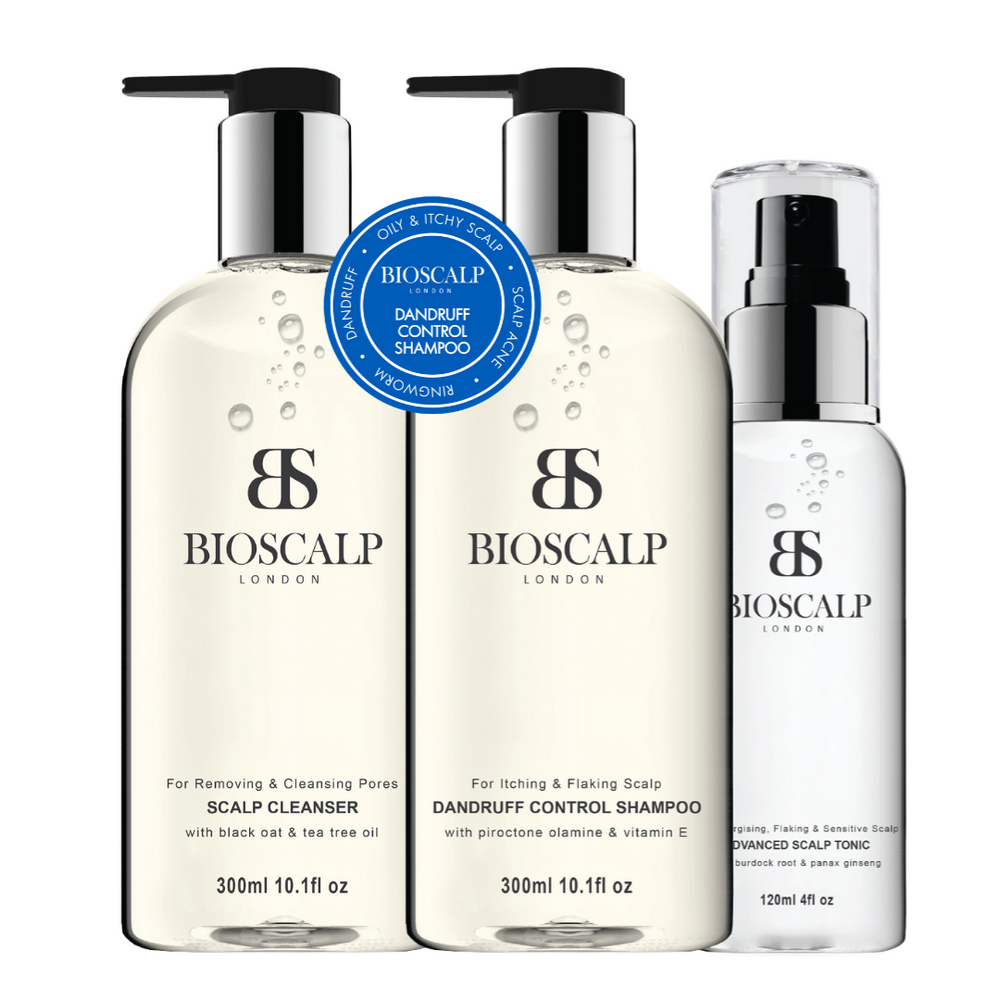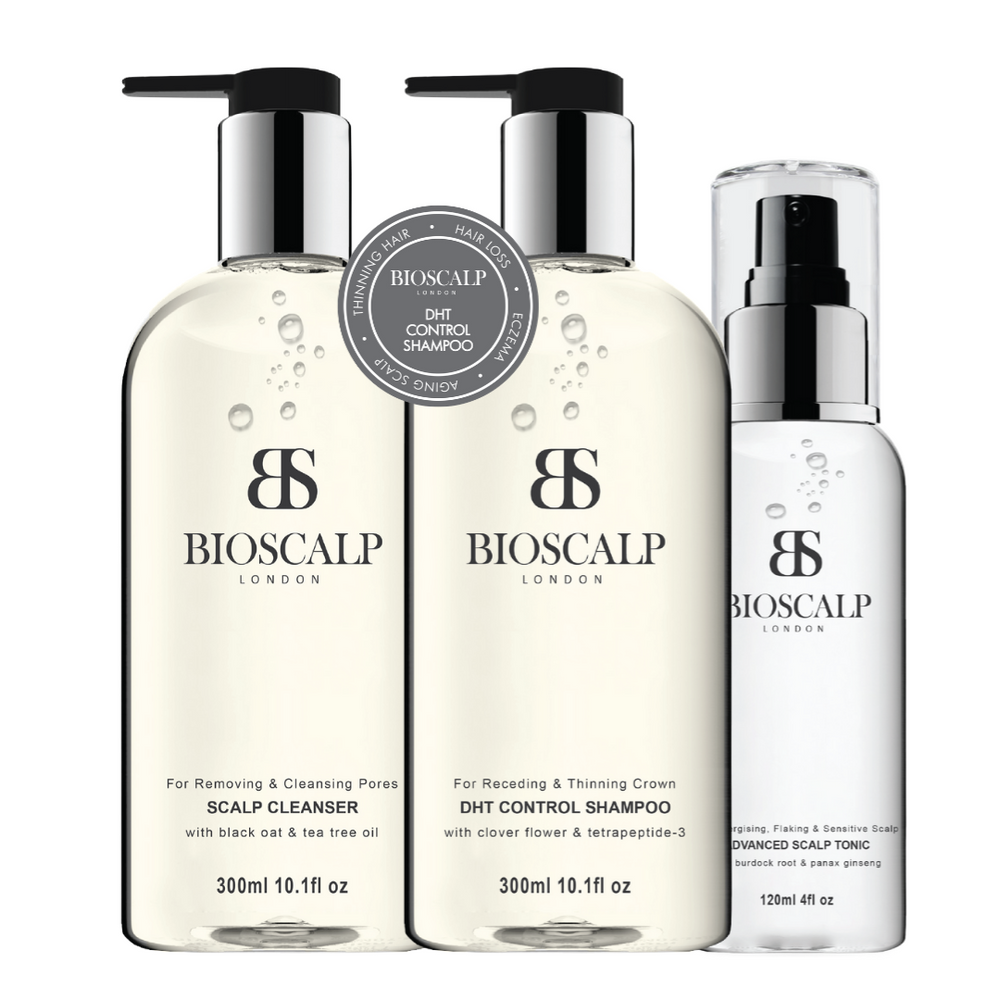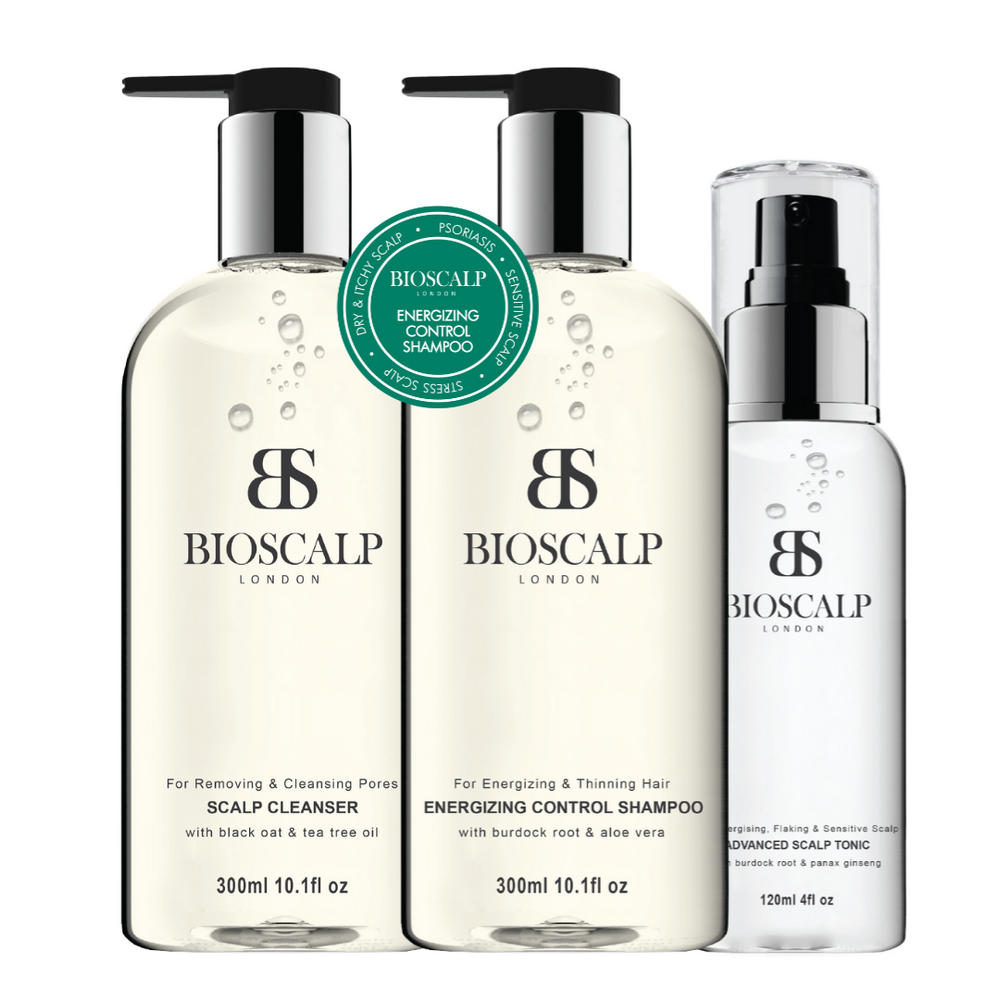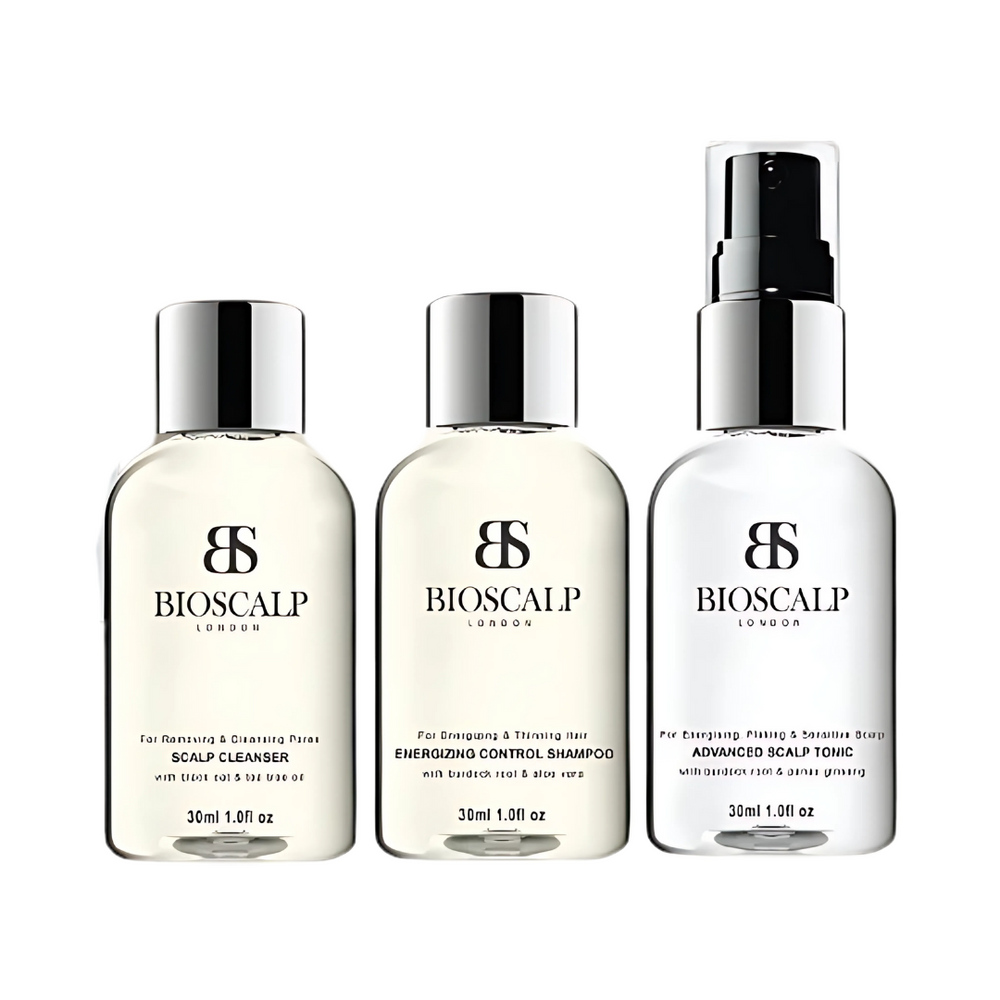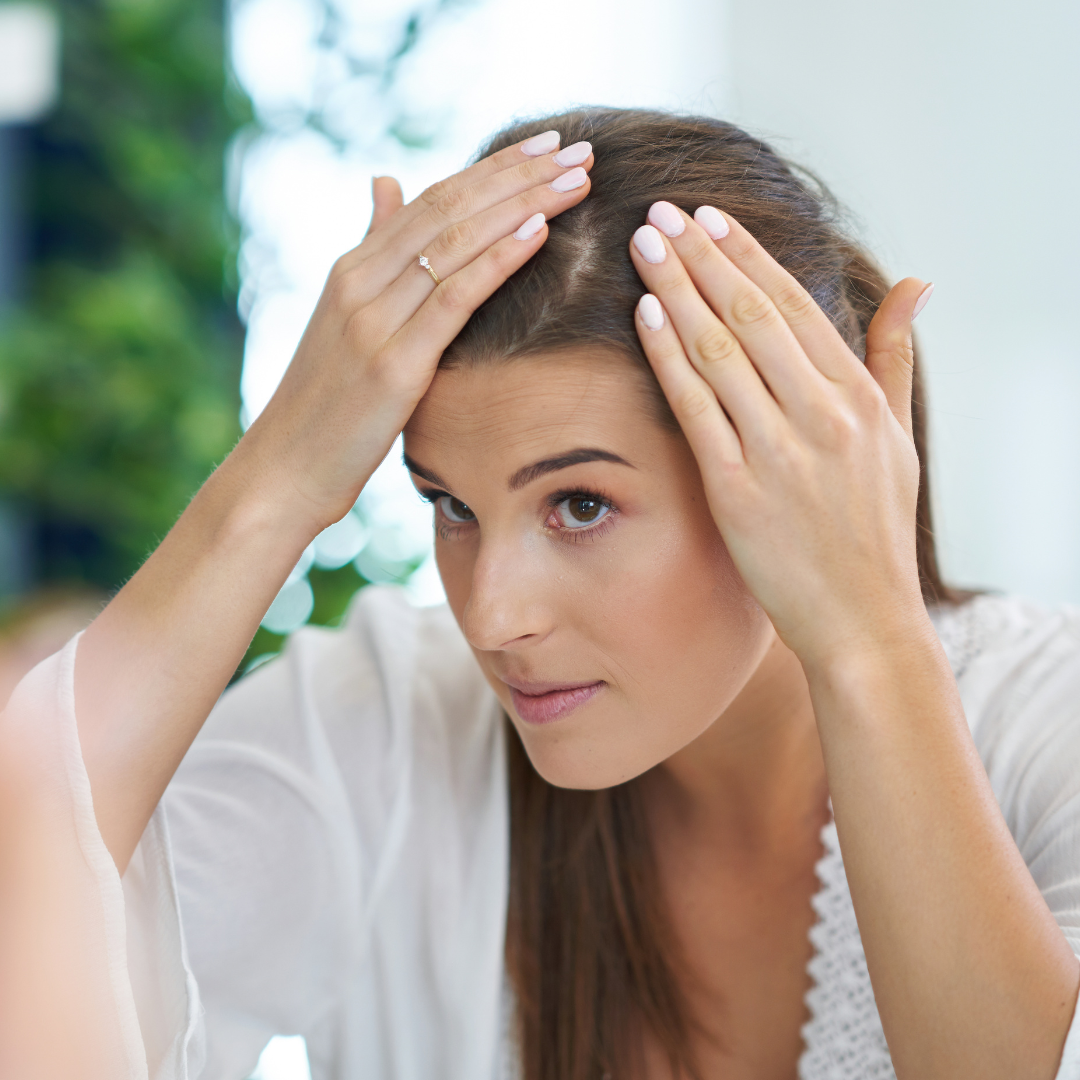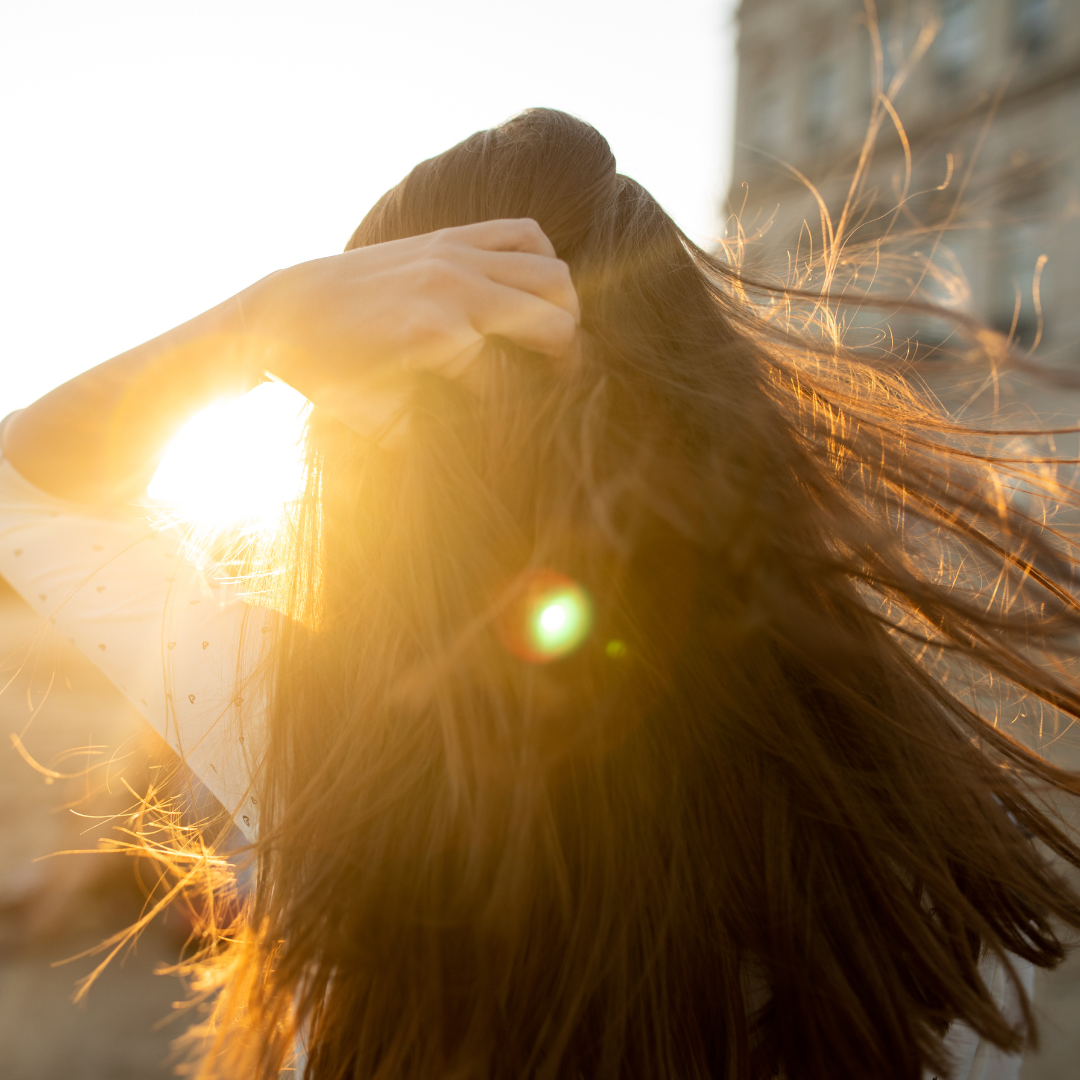If you're struggling with stubborn dandruff, breakouts that mimic acne, or itchy skin that doesn’t respond to typical treatments, you may have come across the term Malassezia. This naturally occurring yeast lives on everyone’s skin but can cause problems when it overgrows. While antifungal medications are a common treatment, many people search for natural remedies to kill Malassezia yeast without harsh chemicals. So, what really works?
Can You Kill Malassezia Yeast Naturally?
Yes, certain natural ingredients have shown potential in reducing Malassezia overgrowth, especially when combined with the right skincare habits. The key is to use remedies with antifungal properties that don’t feed the yeast (many natural oils and esters can actually make it worse).

1. Tea Tree Oil
Tea tree oil is well-known for its antifungal and antibacterial properties. When diluted properly (usually with a safe carrier oil or water), it may help reduce Malassezia activity. It’s commonly found in natural shampoos or diluted as a spot treatment.
Try: BioScalp Scalp Cleanser, which contains naturally-derived tea tree oil and is designed to calm irritated, flake-prone scalps without feeding Malassezia.
2. Apple Cider Vinegar
Raw, unfiltered apple cider vinegar (ACV) may help by restoring the skin’s natural pH and acting as an antifungal. It can be used as a diluted rinse (1 part ACV to 3-4 parts water) on the scalp or skin.
3. Sulphur
Sulphur has long been used for skin issues, and it has natural antifungal and keratolytic properties. It’s found in some natural soaps or pastes and can help reduce yeast without feeding it.
4. Raw Honey (especially Manuka)
Raw honey is naturally antimicrobial and soothing. Some people use it as a face mask to calm inflamed, irritated skin and possibly suppress fungal growth.
5. Aloe Vera Gel
While not directly antifungal, pure aloe vera soothes inflamed skin and supports healing. It’s a good base or complementary ingredient when dealing with Malassezia irritation.
6. Avoid Feeding the Yeast
Many people unknowingly feed Malassezia with rich skincare ingredients. Try switching to “fungal acne-safe” products, free from fatty acids, esters, polysorbates, and most plant oils. This starves the yeast while your skin barrier heals.
Try: BioScalp Dandruff Control Shampoo, which is formulated with antifungal ingredients and free of Malassezia-triggering oils. It’s gentle, effective, and suitable for regular use on oily scalps and irritated skin.
7. Support Your Skin Holistically
A gentle skincare routine, along with a healthy lifestyle, can help prevent recurrences:
- Avoid over-washing or stripping your skin
- Keep your environment (and scalp) dry when possible
- Consider dietary adjustments if you notice flare-ups related to sugar, alcohol, or dairy

When to See a Dermatologist
While natural remedies can be supportive, severe or persistent cases may still require a proper diagnosis and clinical treatment. If you’re not sure what’s causing your symptoms, don’t hesitate to consult a healthcare provider.
Final Thoughts
Malassezia overgrowth can be frustrating, but natural remedies like tea tree oil, apple cider vinegar, sulphur, and raw honey can be helpful allies. Combined with smart skincare choices and lifestyle habits, these gentle approaches can help bring your skin back into balance, naturally. And if you're looking for Malassezia-conscious products, BioScalp's Dandruff Control Shampoo and Scalp Cleanser are great places to start.


